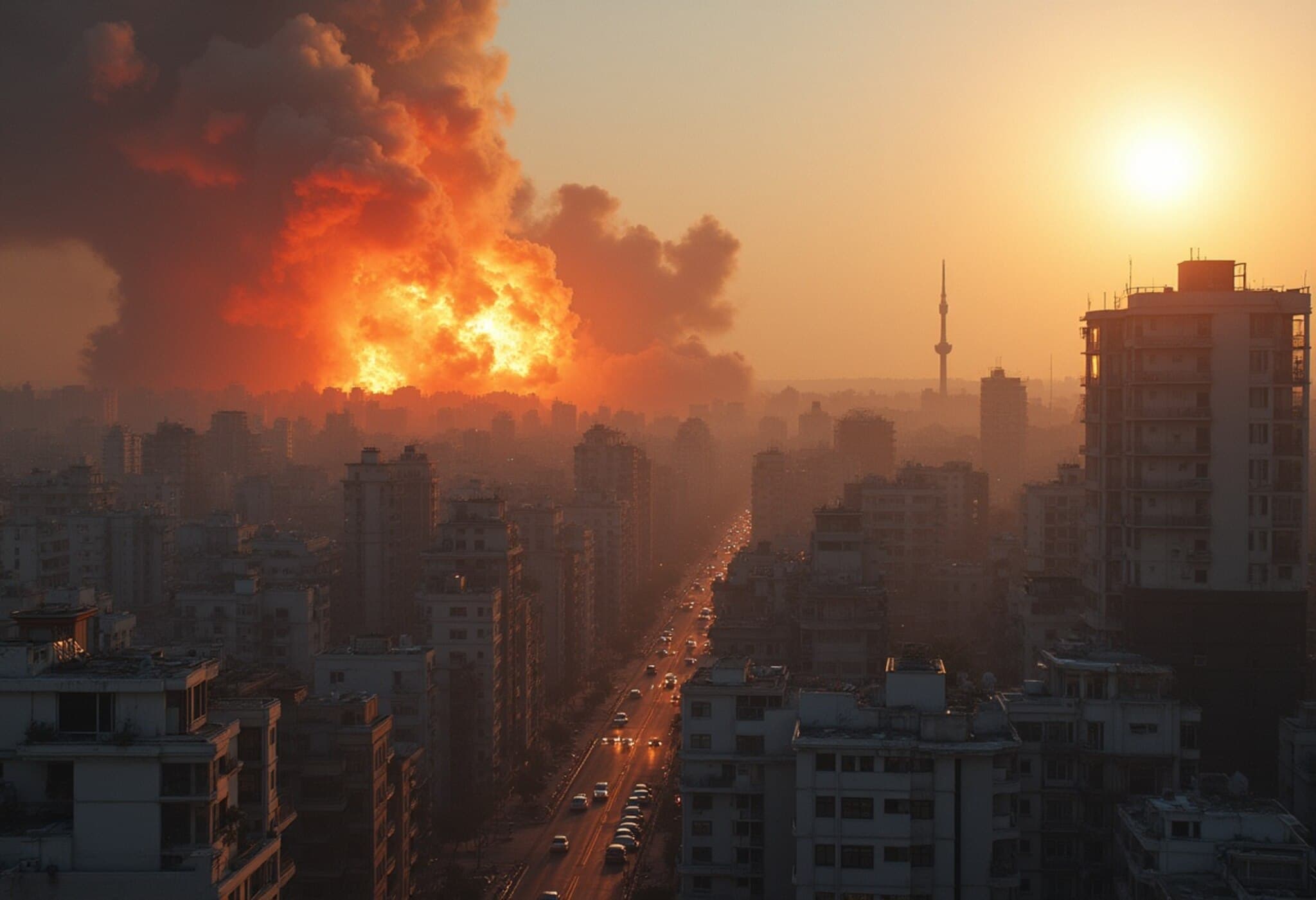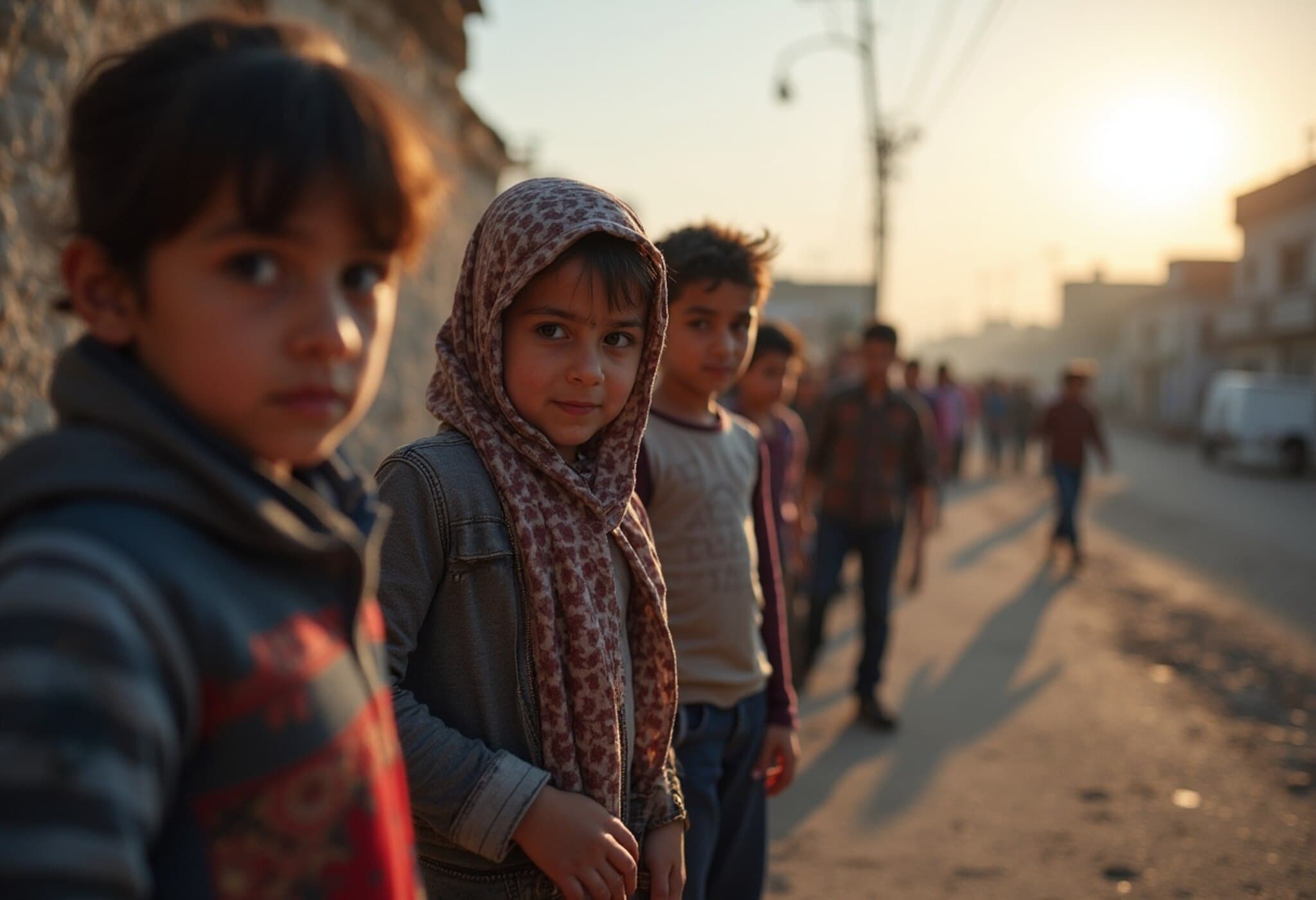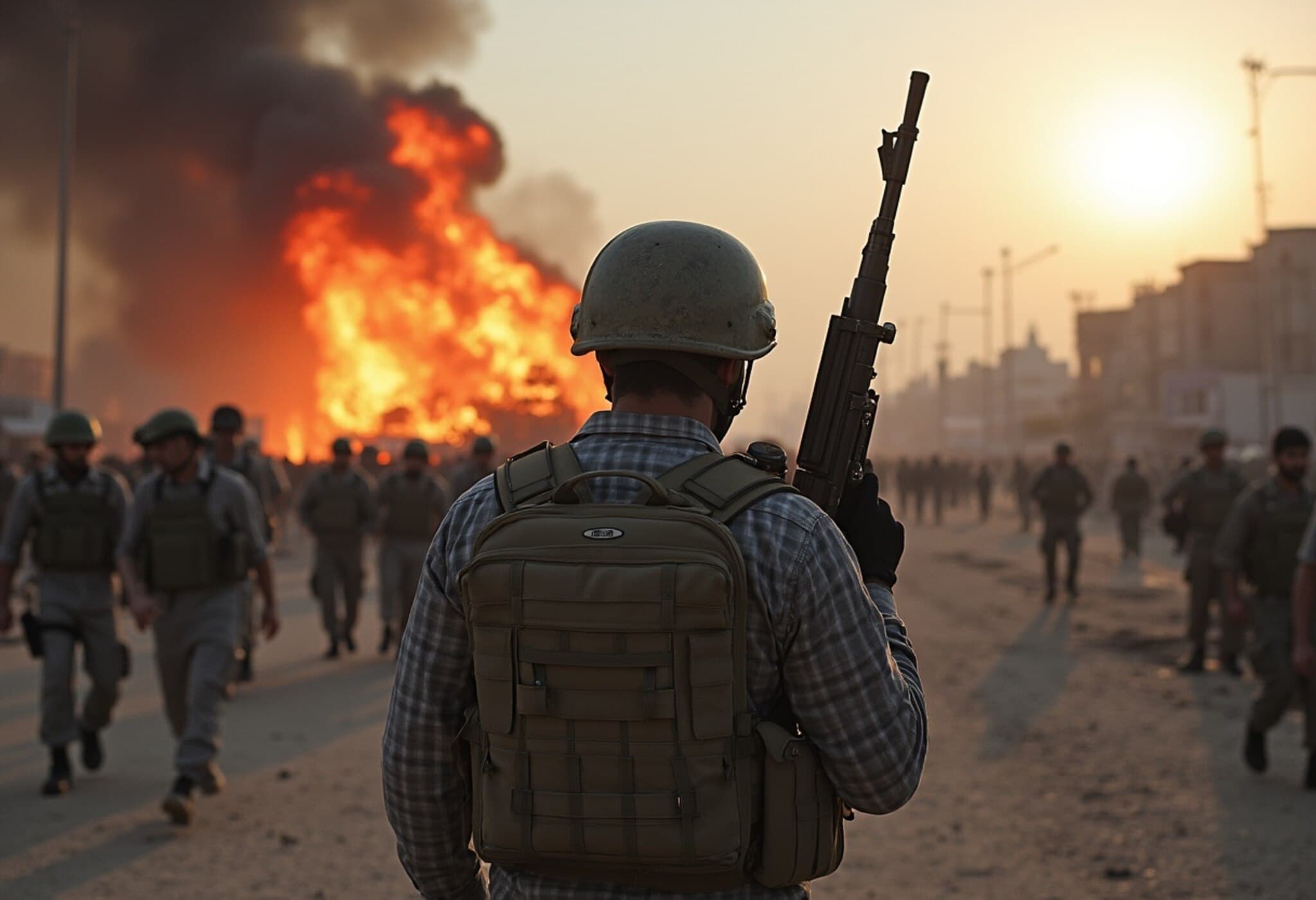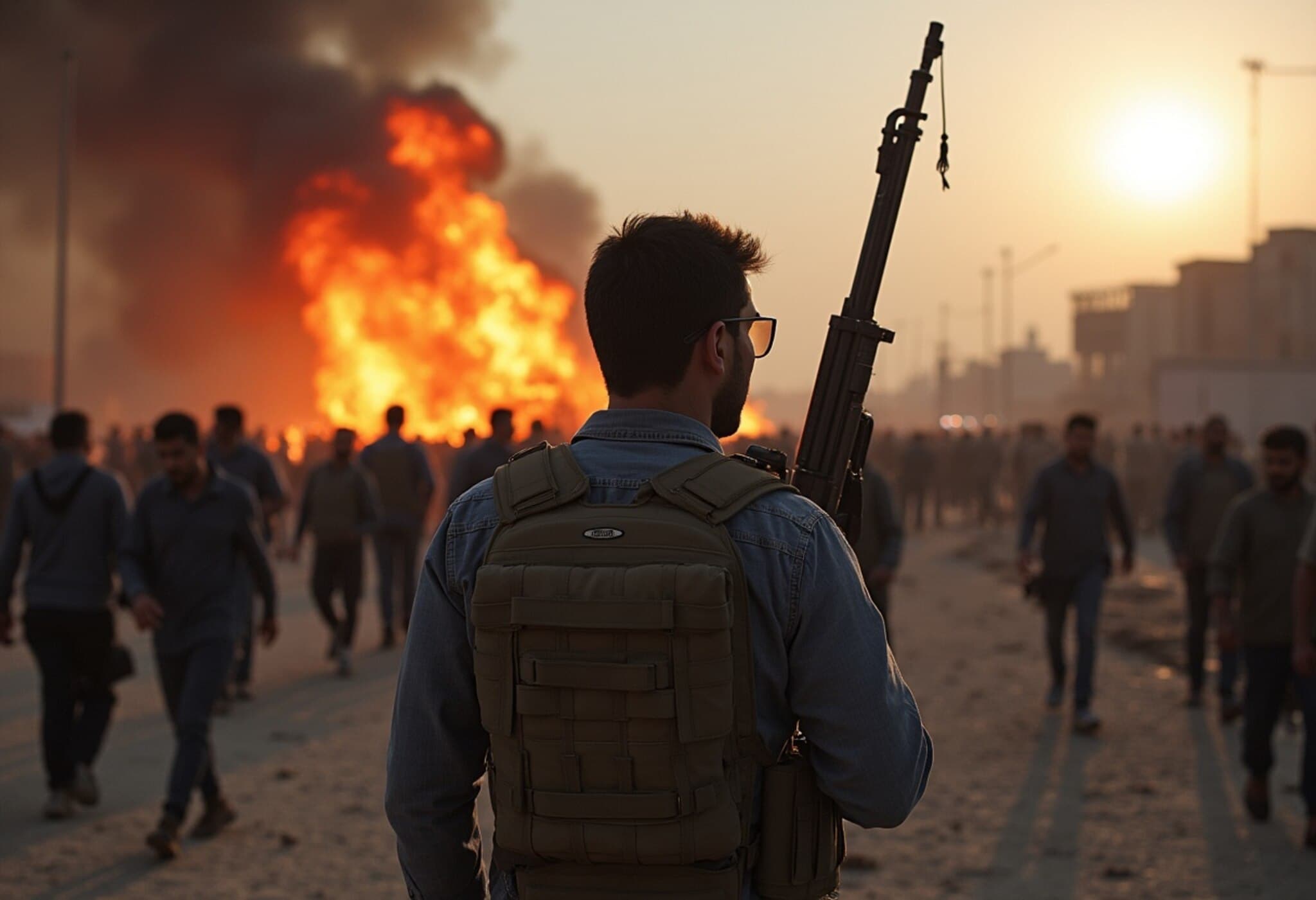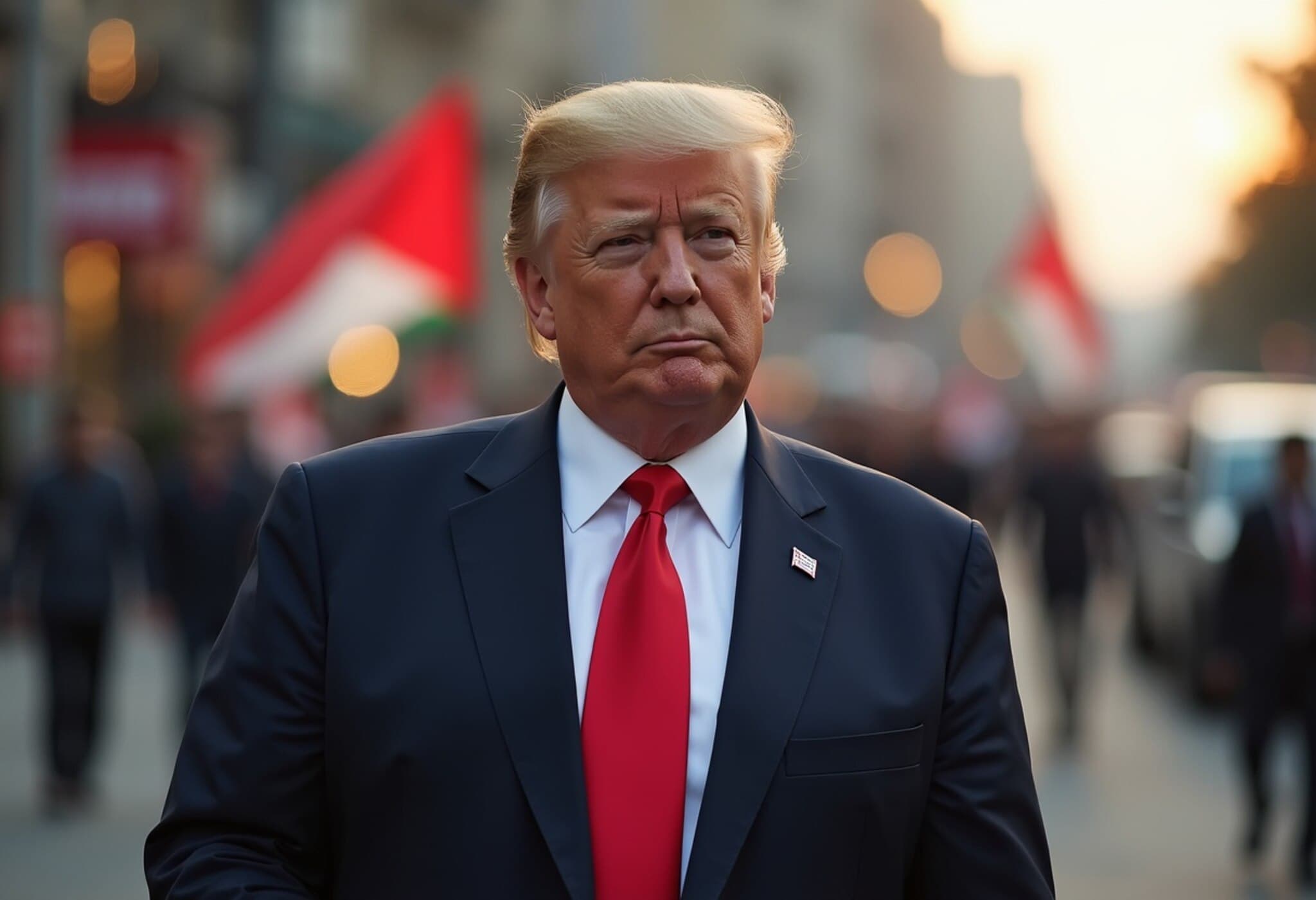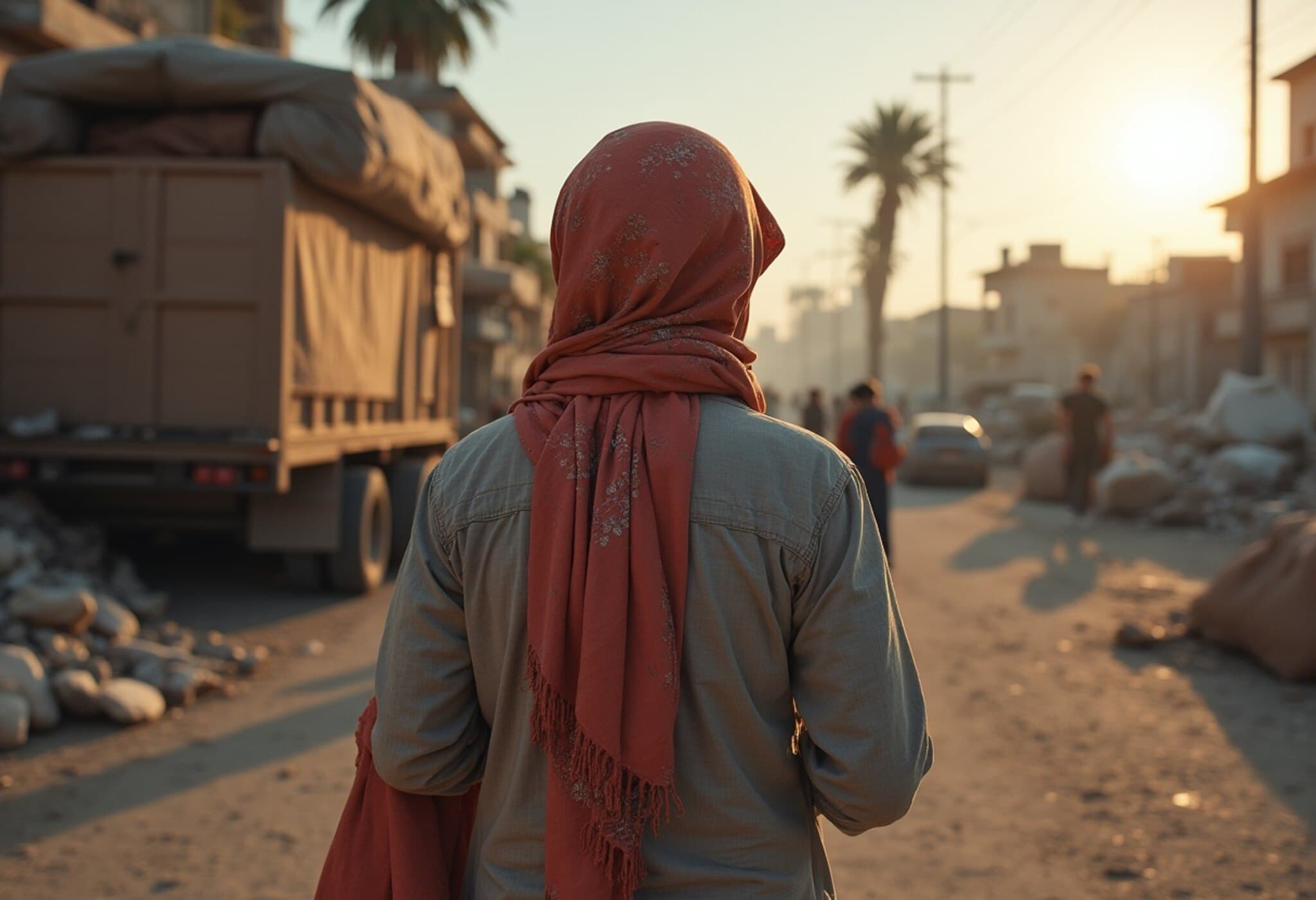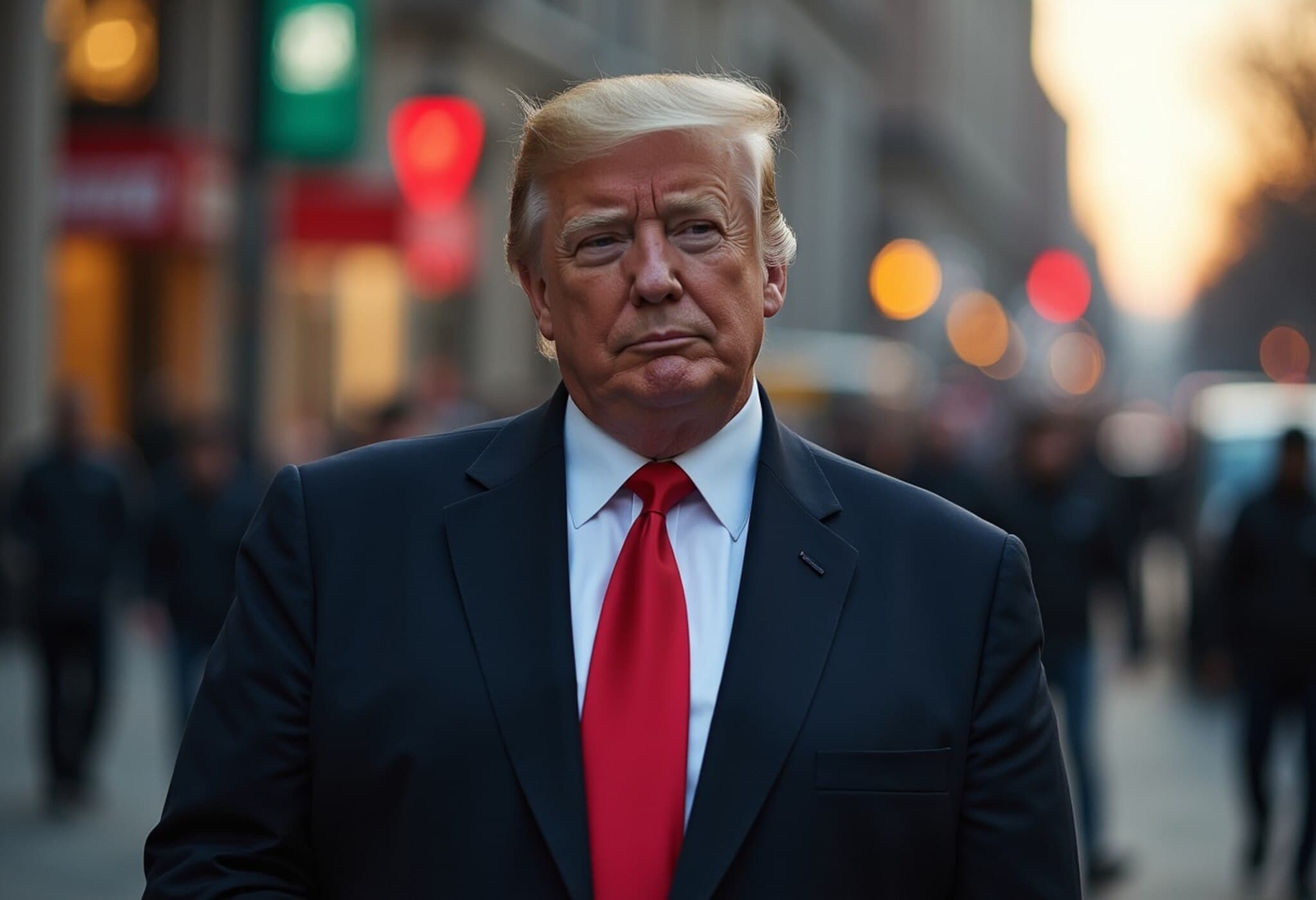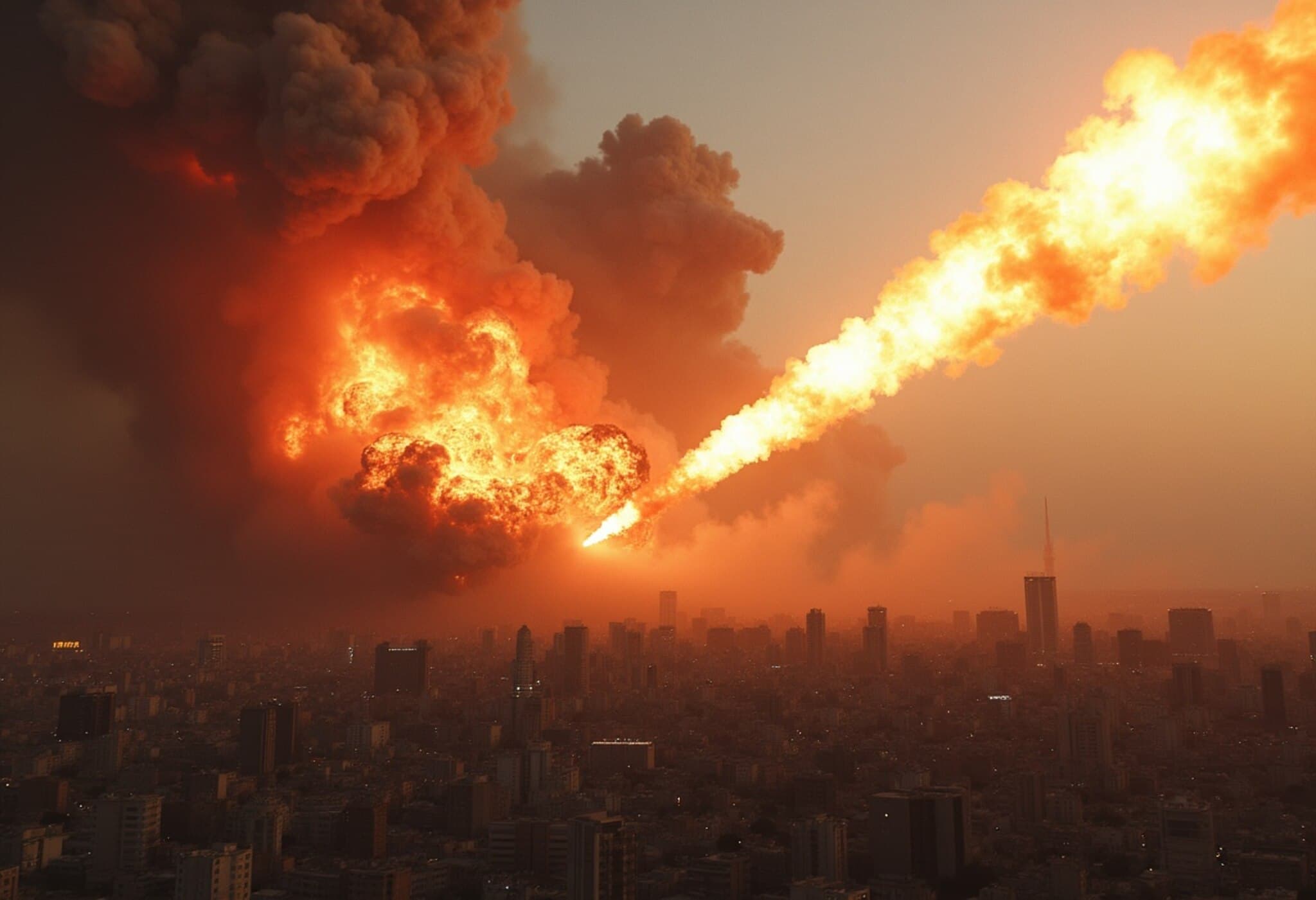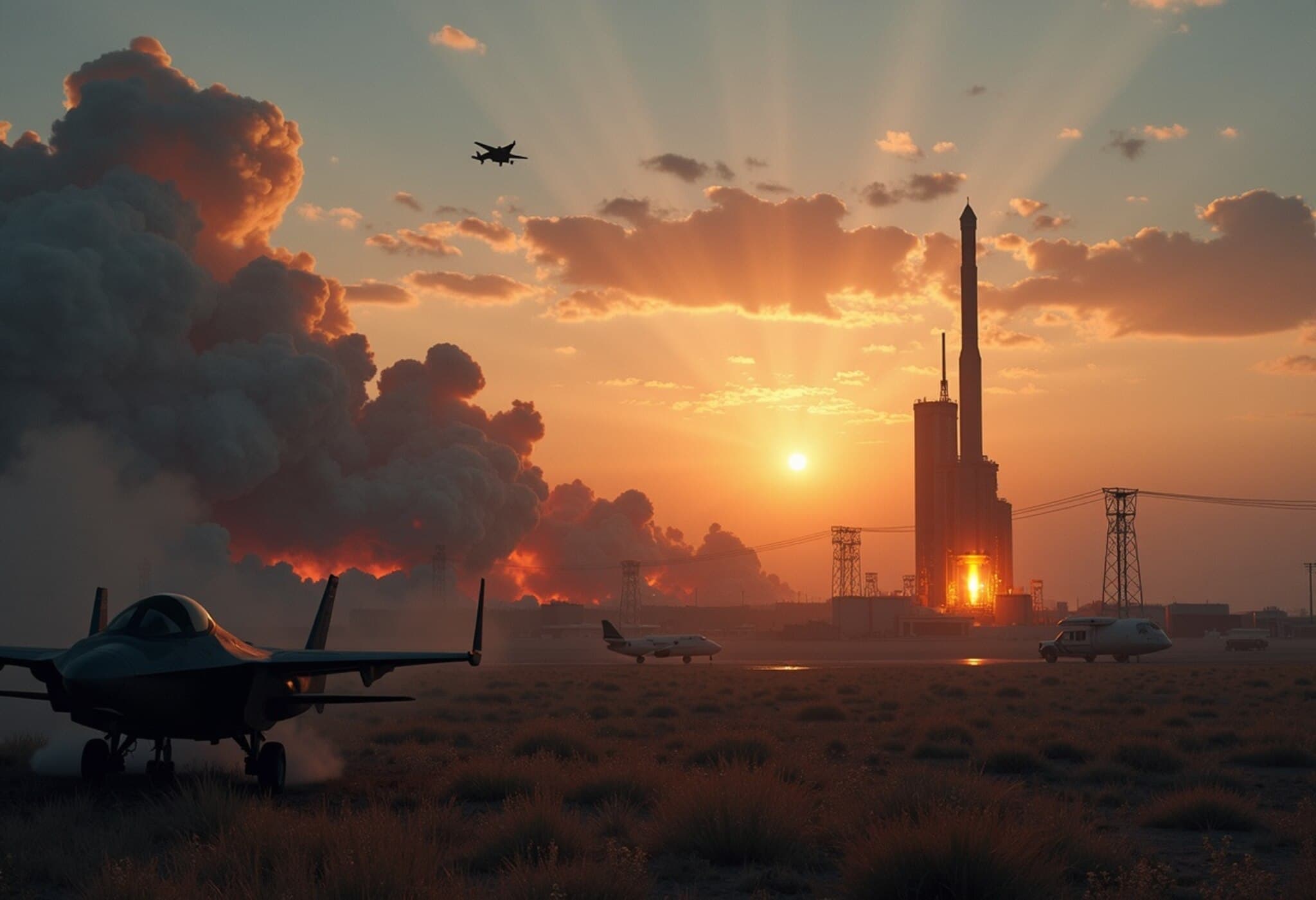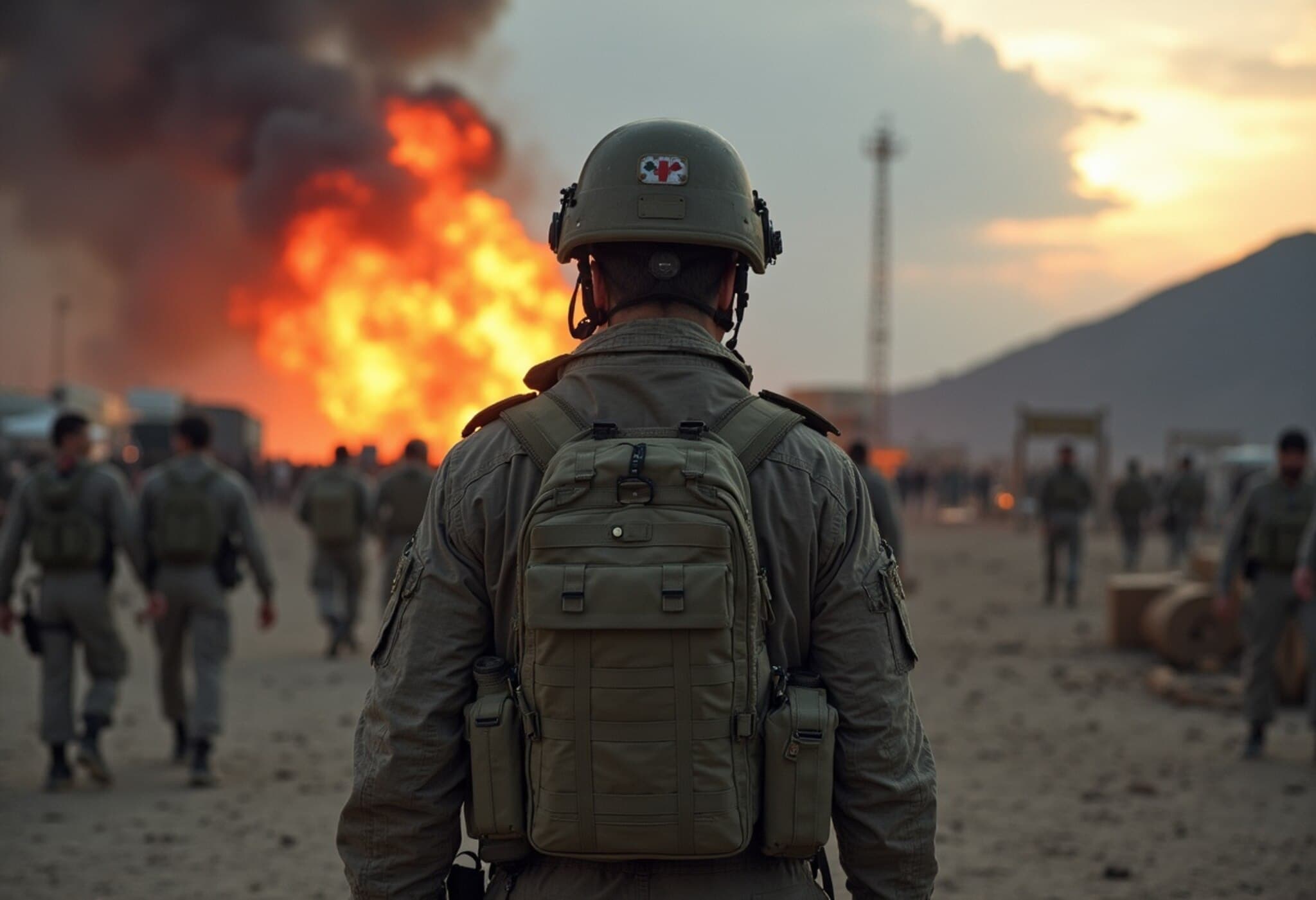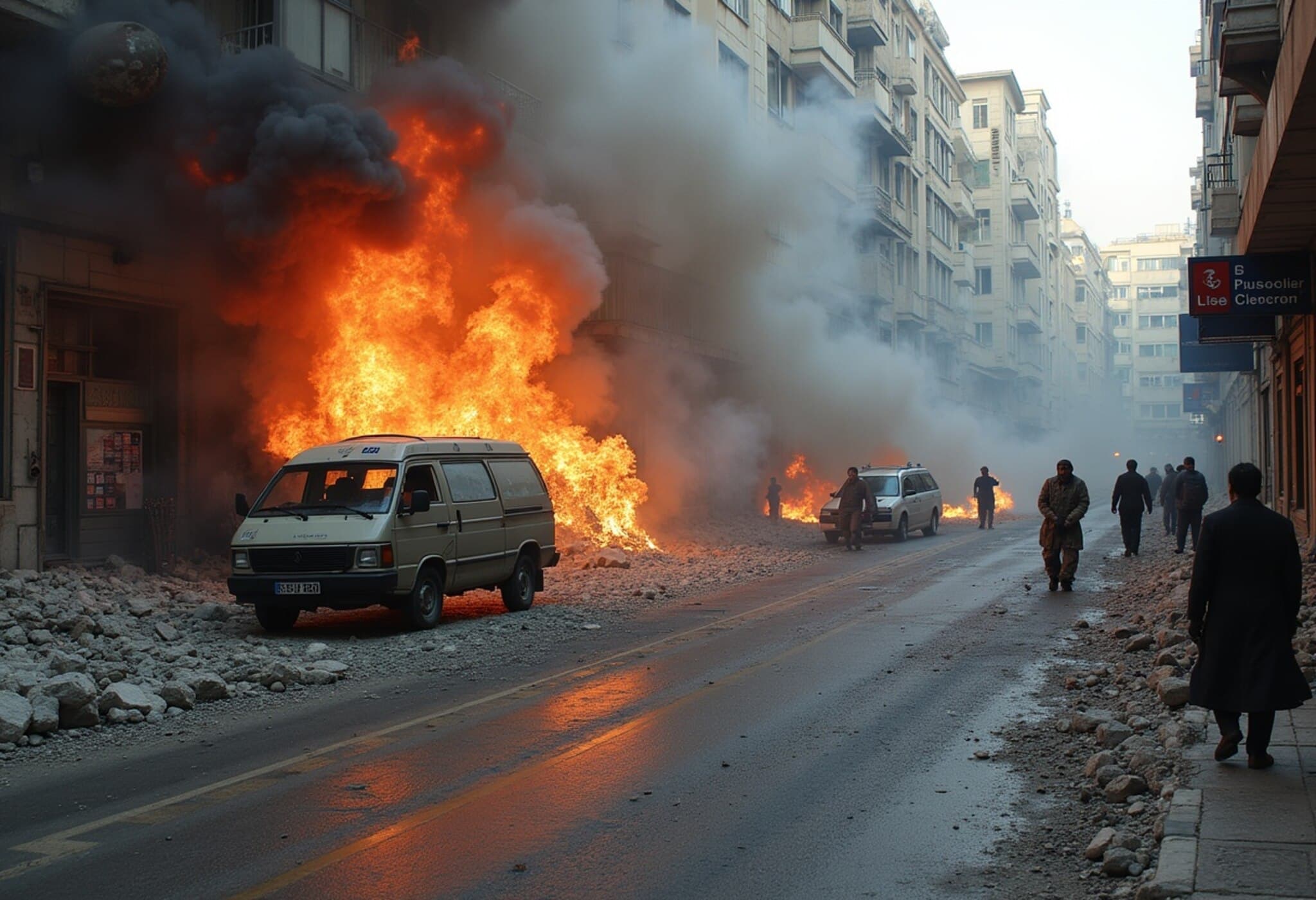US Strikes Iranian Nuclear Sites, Triggering Missile Retaliation
In a dramatic escalation of tensions, the United States conducted precision airstrikes against Iran's three primary nuclear facilities — Fordow, Natanz, and Isfahan — well before a self-imposed deadline set by President Donald Trump. The strikes aimed to halt Iran's nuclear enrichment capabilities and stop what the US deems the foremost state sponsor of terror from advancing its nuclear ambitions.
Swift Retaliation as Tehran Launches Ballistic Missiles
Responding promptly to the attacks, Iran fired a salvo of ballistic missiles toward Israel, marking a sharp intensification in regional conflict. Within hours, Israel countered the missile barrage, creating a cycle of rapid exchanges.
Life in Tel Aviv: A Constant Rhythm of Alert and Shelter
Amid the sirens and missile alarms, the daily life in Tel Aviv has taken on a tense, urgent rhythm centered on safety precautions. Residents scramble to underground bunkers and shelters as warning sirens wail, creating claustrophobic scenes of people and pets huddled tightly together for safety.
An Israeli woman sheltering underground described the difference in response times depending on the origin of the threat: while sirens triggered from Gaza require around 10 minutes of lockdown, incoming threats from Iran demand longer and more serious caution due to their extensive reach and scale.
Resilience Behind Closed Shelter Doors
Despite the palpable fear, the shelter becomes a space of communal resilience. Families check in frequently via phone, sharing messages and humor to ease the tension. Some even pass the time by playing classic songs, maintaining normalcy amid uncertainty.
Trump's Firm Message: Peace or Greater Tragedy
Addressing the nation from the Oval Office shortly after the strikes, President Trump delivered a stark warning to Iran, emphasizing that continued aggression would only bring more devastating consequences.
"There will either be peace or tragedy for Iran, far greater than what we have witnessed," Trump declared. He emphasized that the US’s objective remains to dismantle Iran’s nuclear threat and curb its support for terrorism.
Background: The Escalation Since Early June
The conflict ignited on June 13 when Israel launched attacks designed to prevent Iran from acquiring nuclear weapons capabilities—an ambition Tehran consistently denies. Since then, exchanges have rapidly escalated, drawing in the US as a key military actor in the region.
The Human Cost and Regional Stakes
Eighteen people, along with their pets, sheltered in the bunkers during the missile strikes, encapsulating the human toll and the constant risk civilians face. Despite the heightened threat level, life tries to move on with cars returning to the streets once alarms subside, though a sudden siren inevitably sends everyone rushing back to safety.
The Path Forward: Fragile Peace or Prolonged Conflict?
The next steps remain murky. President Trump has insisted that Iran must cease hostilities and engage in peace talks to avoid further destruction. However, with mutual missile attacks continuing, the shadow of a larger conflict looms large.
For now, Tel Aviv remains a city holding its breath, adapting to a new normal where vigilance and sheltering define each day.

